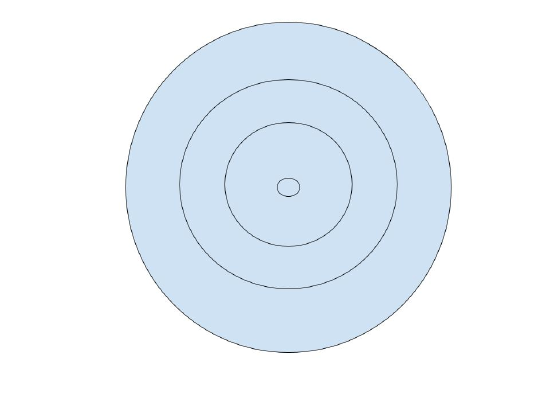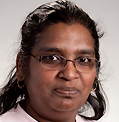1.E: Basic Language of Mathematics (Exercises)
( \newcommand{\kernel}{\mathrm{null}\,}\)
Exercise 1.E.1: Statements
Which of the following are statements?
- I am here.
- Why am I here?
- Life is beautiful.
- My car is red and my house is yellow.
- An integer is even if and only if it is divisible by 2 with no remainder.
- Answer
-
1,5.
Thinking out loud
Is "mine" objectively true in every case? In terms of phrasing, are "my car" and "your car" different?
What about mathematically? If any given person says "my car," are they referencing the same vehicle?
Exercise 1.E.2: Compound Statements
Let p be the statement "some people are mortal," and q be the statement "All people can reason." State, in clear English, the following cases:
- ¬p
- ¬q
- p∧q
- ¬(p∧q)
- Answer
-
All people are not mortal, Some people can't reason, Some people are mortal and all people can reason, All people are not mortal or some people can't reason.
Exercise 1.E.3: Truth Tables
Construct truth tables for the following statements:
- ¬p∧¬q
- Answer
-
Table 1.E.3: Truth Table p q ¬p ¬p∧¬q ¬q T T F F F T F F F T F T T F F F F T T T
2. ¬q→p
- Answer
-
Table 1.E.3: Truth Table p q ¬q ¬q→p T T F T T F T T F T F T F F T F
3. (p→q)∧(q→p)
- Answer
-
Table 1.E.3: Truth Table p q p→q (p→q)∧(q→p) q→p T T T T T T F F F T F T T F F F F T T T
Exercise 1.E.4: Intuitive Reasoning
Suppose you throw four darts at a dartboard. The board has four concentric sections:
- A bull's eye, worth 10 points
- The section nearest the middle, worth 8 points
- The middle section, worth 6 points
- The outer section, worth 4 points

Supposing that all four darts thrown hit the board, what kinds of scores are possible? What kinds of scores are impossible?
Exercise 1.E.5: Negation of Statements with Quantifiers
Find the negation of ∀x∃ys.t.x−y=2.
- Answer
-
∀y∃xs.t.x−y≠2.
Exercise 1.E.6: Logical Equivalency
Prove or disprove the following statement: The expressions (p∨q)→r and (p→r)∧(q→r) are logically equivalent.
- Answer
-
The expressions (p∨q)→r and (p→r)∧(q→r) are logically equivalent.
Exercise 1.E.7: True or False
Assess whether each of the following statement is true or false and justify your answer.
- 7 is an integer and −7>3.
- (−5)(−2)≥−10.
- If (4)(5)=10 then 104=5.
- If 8<5 then 8=5.
- Answer
-
F, T, T, T.
Exercise 1.E.8: Tautology
Prove or disprove: for any mathematical statements p,q and r, (p↔((¬q)∧(¬r)))→(¬(q∧r)→p) is a tautology.
Exercise 1.E.9: Logical Equivalents
Let p and q be mathematical statements. Then show that the following statements are true:
- p∨q≡q∨p, and p∧q≡q∧p.
- ¬((p∨q)≡¬p∧¬q and ¬((p∧q)≡¬p∨¬q
- p→q≡¬q→¬p
- p→q≡¬p∨q
- ¬(¬p)≡p
- p↔q≡((p→q)∧(q→p)
- Answer
-
1.
Table 1.E.9: Truth Table p q p∨q q∨p T T T T T F T T F T T T F F F F
Exercise 1.E.10: Reasoning
Determine whether the following arguments are valid or invalid:
- All polygons have angles.
A circle has no angle.
A circle is not a polygon.
- If you don’t work hard then you won’t succeed.
You work hard.
Therefore, you will succeed.
- If you make an A on the midterm, you won’t have to take the final.
Jose did not take the final.
Therefore, Jose made an A on the midterm.
- If a number is divisible by 8 then it is divisible by 4.
X is not divisible by 8.
Therefore x is not divisible by 4.
- If I am rich, I would buy a cabin.
I am not rich.
Therefore I have not bought a cabin.
6. If p is a prime number larger than 2 then p is odd.
p is odd.
Therefore p is a prime number.


